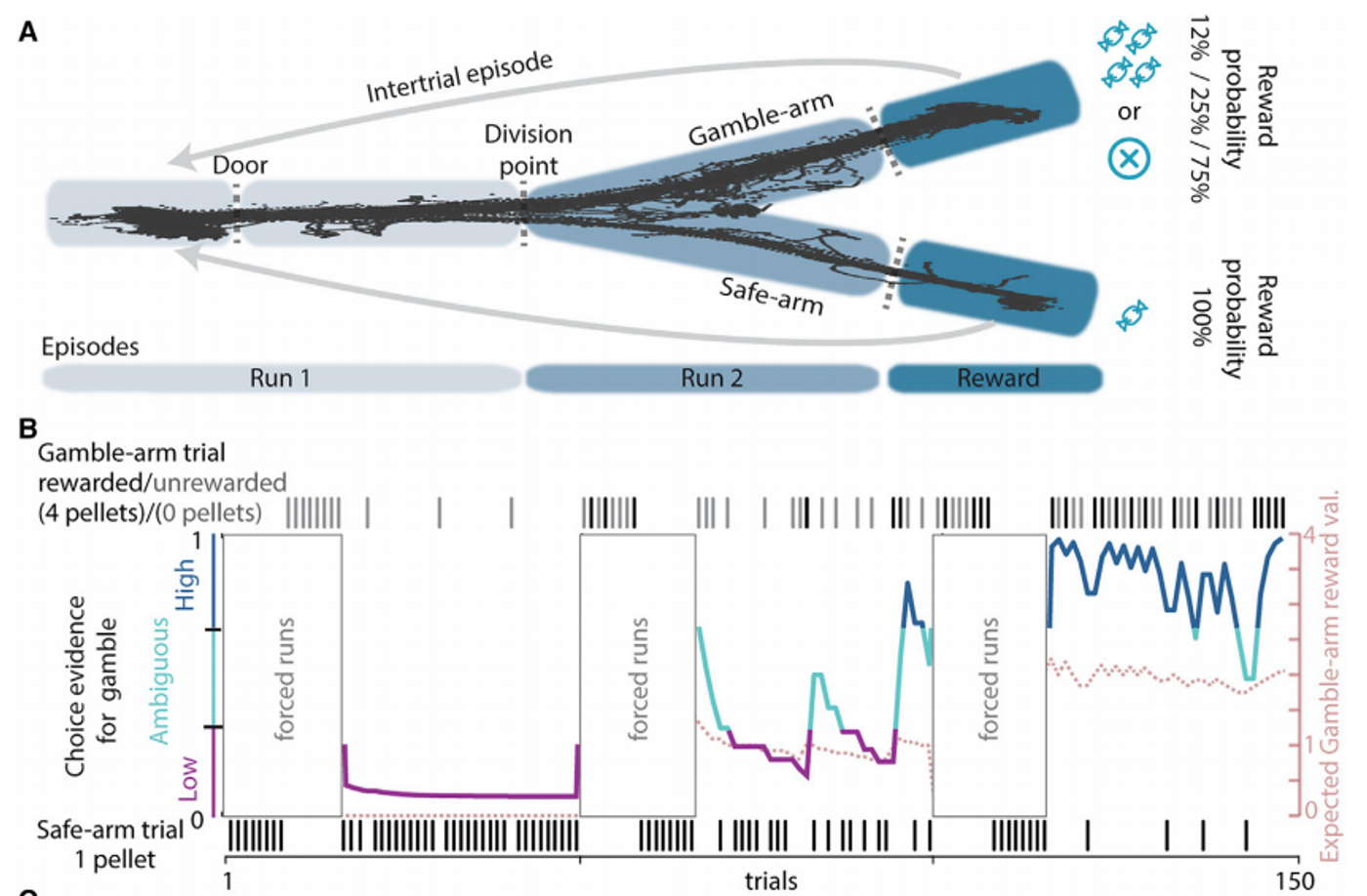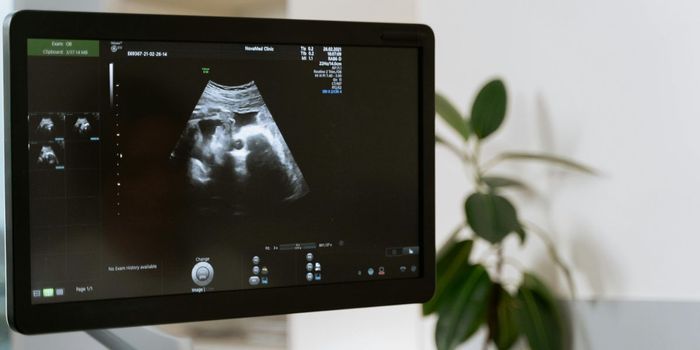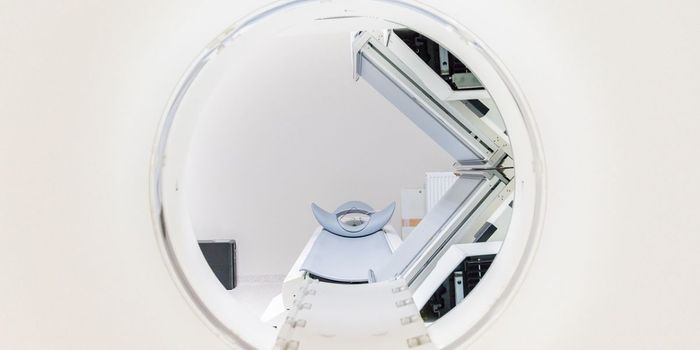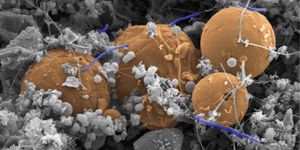Researchers Found Future Choice Predictive Neural Activity In The Prefrontal Cortex
Uncertainty and gambling go hand-in-hand; there is never a sure bet. With the consideration of the situations and the reward available, humans choose between a larger-variable risky option or a smaller-reliable safer option. Decisions that rely on experience derived inner valuations of the possible choices with probabilistic outcome distribution are often made in gambling, where no external guidance cues are present. Although the psychological aspects associated with gambling have long been studied in various species, the neuronal activity that predicts the future decisions based on a hit-or-miss decision making has not been identified.
Prelimbic cortex has been previously credited to value-guided decision making, adaptive control, and spontaneous choice making. Additionally, dopaminergic neuronal activity has been identified to correlate with the risk choices. Building on these two previous findings, researchers from the Center for Brain Research and the Center for Medical Statistics, Informatics and Intelligent Systems at the MedUni Vienna, and the NYU School of Medicine in New York have identified neuronal activity in the prefrontal cortex that encodes predictive action. The central findings were published in the specialist journal Neuron.
To uncover the appropriate neuronal signatures, the researchers have trained the rats to incite natural valuation processes for decision optimization while dynamically changing gambling conditions by adopting a two-arm bandit-task design. By allowing the rats to make choices without cue guidance between a specific small reward safe arm of a Y-mage or a possible-big reward on the gambling arm, the neuronal activity in the prefrontal cortex was measured. The image below shows the gambling training task.
For an individual session, choice evidence for going to the gamble-arm was calculated with a reinforcement learning model and classified as low (purple), ambiguous (turquoise), or high (blue). Animals had to explore both arms in forced trials at the beginning of each block of trials with a defined reward probability on the gamble-arm — dotted line: expected value for the gamble arm based on reward occurrence. Ticks indicate observed choice for each trial. Credit: Passecker et al., 2019, Neuron
When the rewards on the gambling arms were changed during trials, the rats were able to adjust their choices to maximize the long-term amount of reward and follow the reward contingency changes. One thousand six prelimbic neurons measured across 45 behavioral gambling sessions revealed that the firing rate is a good indicator of decision making. Through the experiment, first author Johannes Passecker discovered that the decision was predicted by the activity of specialized nerve cells in the prefrontal cortex, even if unexpected choices were made in contradiction to previous experiences.
Passecker, who conducted the study at the Center for Brain Research at the MedUni Vienna, and has recently started work at Columbia University in New York, explains, "Based on the analysis of the neuronal activity, we were able to predict what decisions the test animal was going to make next. Furthermore, through selective manipulation of the brain activity, we were even able to influence the decisions of the animals such that they took a higher risk with their gambles." This took place with the aid of optogenetic proteins—activatable using laser light—which was artificially introduced into the neurons of the prefrontal cortex.
When the scientists selectively suppressed the neuronal activity in the prefrontal cortex, the rats took full risks and even ignored continued failure. The neuronal activity showed a significant increase when a safe option would be chosen in the future. In contrast, neuronal firing rate was decreased when a riskier option will be selected next.
Through this work, the authors are probing for potential options for the treatment of depression or gambling. The aim of the researchers now is to precisely identify those synaptic neural pathways and particular cell types that are important for changing or sustaining the behavior. The scientists want to understand how such decision signals are developed by the brain and how different areas of the brain gather together the various aspects relevant to the decision-making. With this, it could be possible in the future to better understand and better treat illnesses such as gambling addictions, and also depression.
"With depression, it stands to reason that the inactivity of the neurons is too great," explains Passecker. "Many sufferers find it very difficult to change their present situation. Even leaving the safety of the bed in the morning often becomes an insurmountable challenge. "With a gambling addiction, the neuron activity in the prefrontal cortex is also very low. Sufferers persist with the same pattern and are no longer capable of correctly assessing the risk of massive gambling losses and accordingly changing over to the "safe" option.
Want to know what happens within the brains of a gambling addict when they make a bet. Watch the video below.
Sources: Medical University of Vienna, Neuron.









